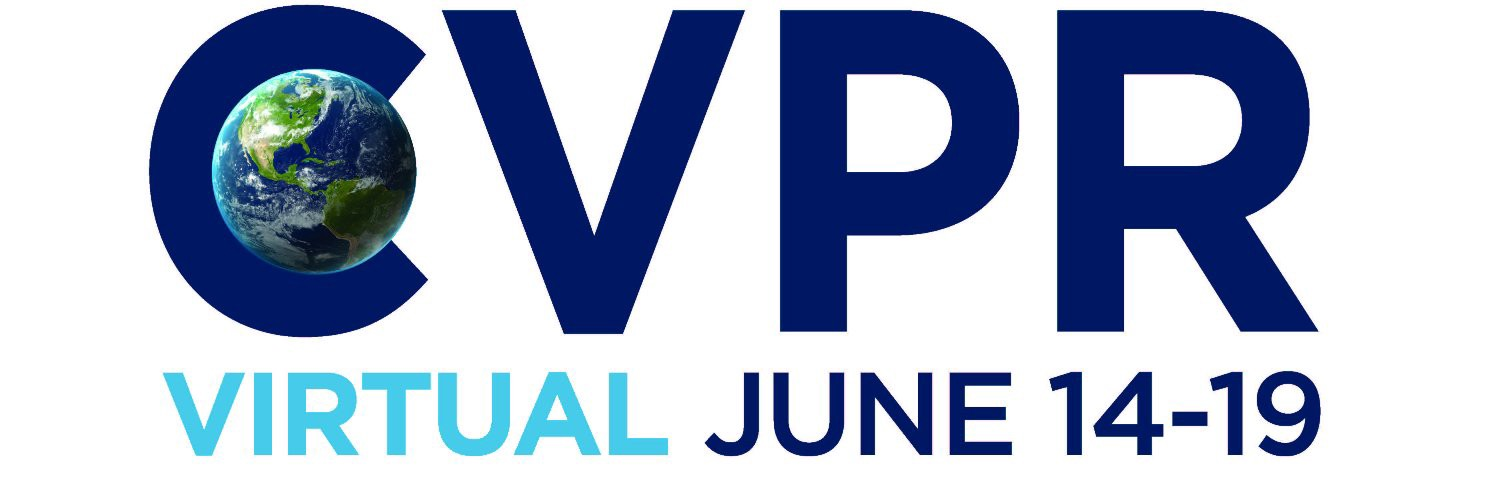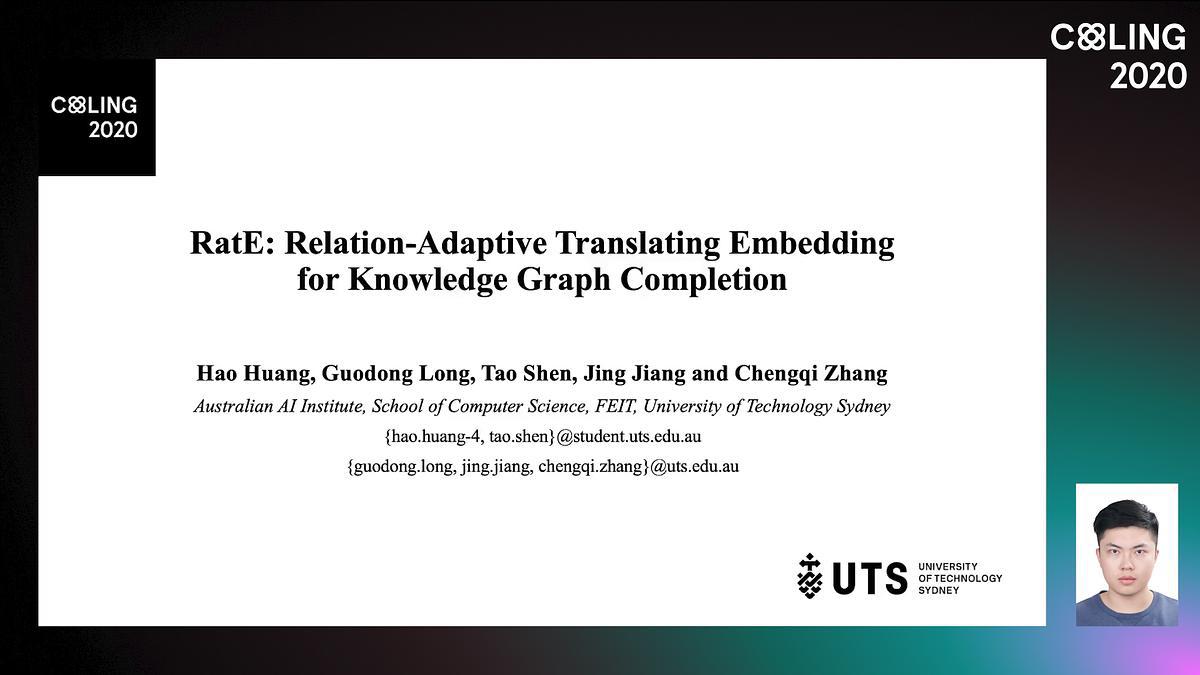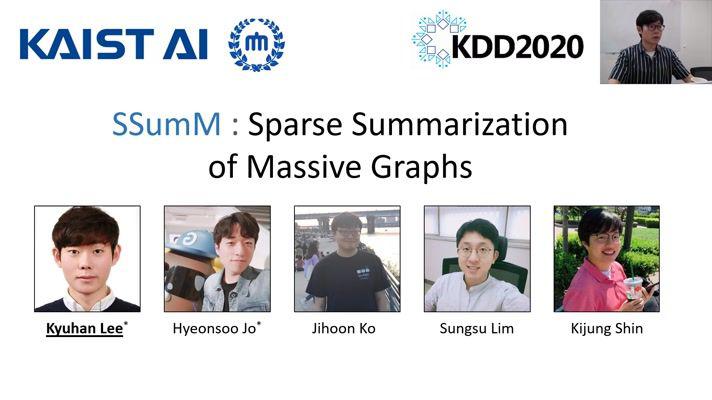Abstract:
We introduce the novel concept of a Sparse Layered Graph (SLG) for s-t graph cut segmentation of image data. The concept is based on the widely used Ishikawa layered technique for multi-object segmentation, which allows explicit object interactions, such as containment and exclusion with margins. However, the spatial complexity of the Ishikawa technique limits its use for many segmentation problems. To solve this issue, we formulate a general method for adding containment and exclusion interaction constraints to layered graphs. Given some prior knowledge, we can create a SLG, which is often orders of magnitude smaller than traditional Ishikawa graphs, with identical segmentation results. This allows us to solve many problems that could previously not be solved using general graph cut algorithms. We then propose three algorithms for further reducing the spatial complexity of SLGs, by using ordered multi-column graphs. In our experiments, we show that SLGs, and in particular ordered multi-column SLGs, can produce high-quality segmentation results using extremely simple data terms. We also show the scalability of ordered multi-column SLGs, by segmenting a high-resolution volume with several hundred interacting objects.









































